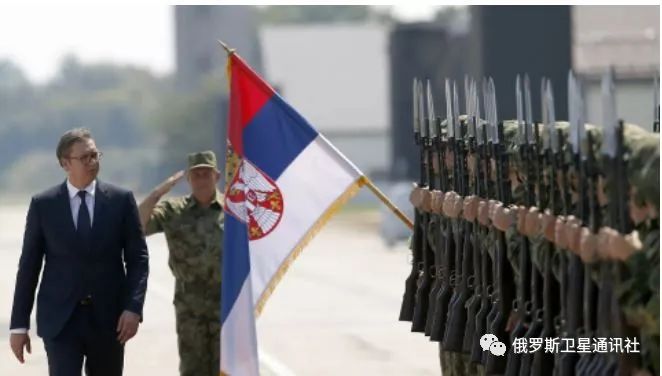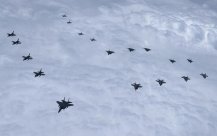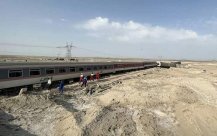
Data Map
China ’s remote HQ-22 air defense missile system delivered to Serbia and successfully entered the European market for the first time, but it is not easy to look forward to further expansion in the European market.On the other hand, the system will become a very popular product in the world market.Russian military observers Vasili Kashen commented on satellite news agency.As early as 2019, although the United States put pressure on Serbia, China and Services signed the HQ-22 supply contract.This export is to execute the contract.The purpose of buying the Red Flag-22 in Serbia is to meet the needs of long-range high-altitude air defense systems.Earlier, Serbia also purchased offensive drones and on -board weapons from China.
The export-type missile complex, also known as FK-3, was produced by the 10th Research Institute of China Aerospace Science and Industry Group. It is an upgraded version of the early KS-1 (Red Flag-12).Earlier exports have been exported, such as Myanmar, Turkmenistan, Uzbekistan and Thailand.
In China, HQ-12 was installed in the PLA in the 1990s to replace the previously installed HQ-2 (Chinese version of the Soviet C-75) air defense missile system.This system can perform mid-high air defense tasks, which is cheaper than the Chinese version of HQ-9 cost.But the range of HQ-12 is only 50 kilometers.
HQ-22 is a simple replacement version of the HQ-9B air defense complex.However, compared with HQ-12, the anti-interference ability is stronger, and the maximum range can reach 170 kilometers.
Serbia's purchase of China's air defense is derived from the unique political characteristics of the country: Although it has strong political and economic dependence on the EU and can also join the EU in its prospects, the country is still trying to maintain independent foreign policy.These are reflected in the field of military industry.Serbia has no HQ-22 alternative purchase plan in the region: it is tightly surrounded by NATO member states.
Nevertheless, HQ-22 is a very complete long-range missile system. Moreover, compared with other similar products, it is cheaper and simple to operate, and has a broad prospect in developing countries in developing countries.The possible export areas are Southeast Asia, South Asia and Latin America.It is difficult to say that these countries will buy similar air defense systems from the West.The first is because the price is expensive, and the most important thing is that weapon supply is bundled with a large number of political conditions.
In this way, China can further advance the world's air defense missile system market and become a large supply country for modern air defense systems.Considering this high political dependence and technical complexity with high weapons, exports will have huge international consequences.Each export means that soldiers imported countries need to train in China. The Chinese business community will make profits in such system maintenance for decades.Choosing China as a supply country lies in a high degree of trust in China.In other words, HQ-22 will play an important role in this process.
*Author's point of view does not represent the position of the editorial department




